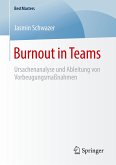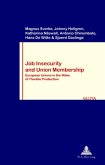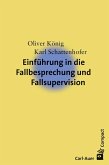How does good teamwork emerge?
Can we control mechanisms of teamwork?
The author has analyzed these questions in a study involving 227 participants of 55 software development teams. First, he empirically confirmed his teamwork model based on innovation research, goal setting and control theory. Second, he measured the impact of a wide selection of agile practices on these teamwork mechanisms. Third, he explained these impacts based on a thorough review of current psychological research.
This book is intended for people working in agile contexts as they will gain insight into the complexity of how «good teamwork» emerges. This insight on team dynamics may also prove valuable for upper management for calibrating agile practices and «soft factors», thus increasing the effectiveness of software teams.
Can we control mechanisms of teamwork?
The author has analyzed these questions in a study involving 227 participants of 55 software development teams. First, he empirically confirmed his teamwork model based on innovation research, goal setting and control theory. Second, he measured the impact of a wide selection of agile practices on these teamwork mechanisms. Third, he explained these impacts based on a thorough review of current psychological research.
This book is intended for people working in agile contexts as they will gain insight into the complexity of how «good teamwork» emerges. This insight on team dynamics may also prove valuable for upper management for calibrating agile practices and «soft factors», thus increasing the effectiveness of software teams.








